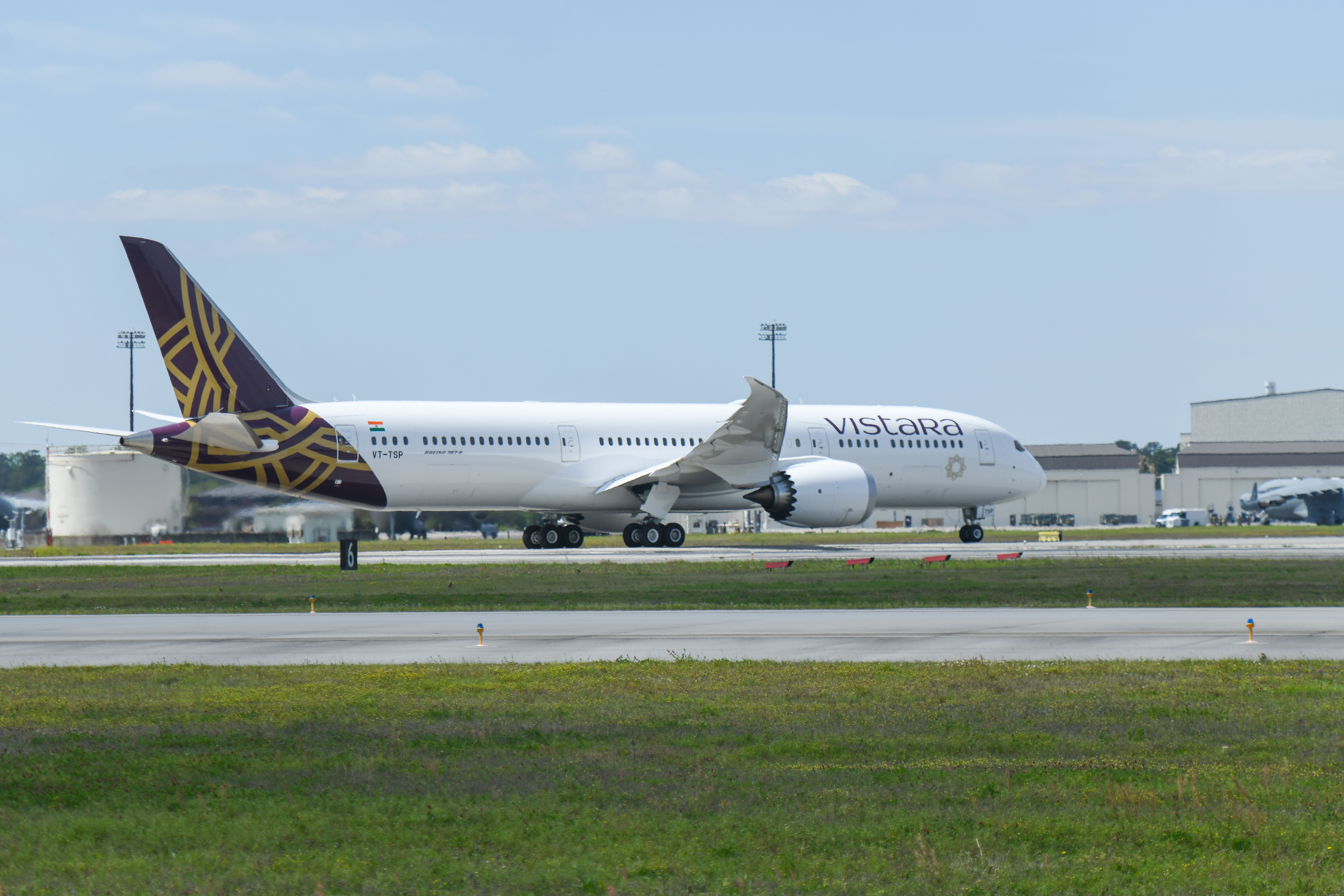The World Tourism Organization (UNWTO) General Assembly adopted, by resolution A/RES/508(XVI) at its recent sixteenth session, the following Guidelines on…
The World Tourism Organization (UNWTO) General Assembly adopted, by resolution A/RES/508(XVI) at its recent sixteenth session, the following Guidelines on travel advisories:
- A wide variety of relevant governmental and non-governmental sources should be used, whenever possible and appropriate, in gathering information for preparing advisories.
- Travel advisories should be accurate, relevant and appropriate, avoid ambiguous language as well as bias and political considerations.
- Information contained in travel advisories should be published on a central, easy-to-use and widely known website so that the various branches of government involved coordinate their message. Travel advisories should be regularly updated, preferably within a period of three months.
- Travellers should be encouraged to consult, prior to departure, all sources of information, both governmental and non-governmental.
Announcements concerning travel threats and risks
- Public announcements of travel threats and risks that are contained in advisories should, whenever possible, be specific about the geographical location of the problems and include maps and indications of distance.
- Travel advisories should be specific about the nature of the threat or risk and they should be developed through a robust and considered process.
The following are examples of categories of threats and risks that may be addressed:
- Political (due to political process)
- Social (crime, delinquency)
- Related to terrorism
- Environmental (natural disasters)
- Industrial (such as chemical or nuclear hazards)
- Related to health (communicable disease status and emergencies, such as epidemics)
- Related to transportation systems
- Prudence and restraint should be used in evaluating the threat and in the language used. Threats and risks should be communicated in an accurate and consistent manner by characterizing, as far as possible, the scale, probability or imminence of the problem or event.
- Public announcements of threats and risks in advisories should be under constant review and in each case should specify the date of their publication.
Cooperation with affected countries
- Affected countries should provide timely and accurate advice about changes of circumstances to the issuing countries through the established communication channels. It is, however, understood that it is up to the country issuing the travel advisory to make its own assessment affecting the safety and security of its citizens.
Theodore is the Co-Founder and Managing Editor of TravelDailyNews Media Network; his responsibilities include business development and planning for TravelDailyNews long-term opportunities.




























































































